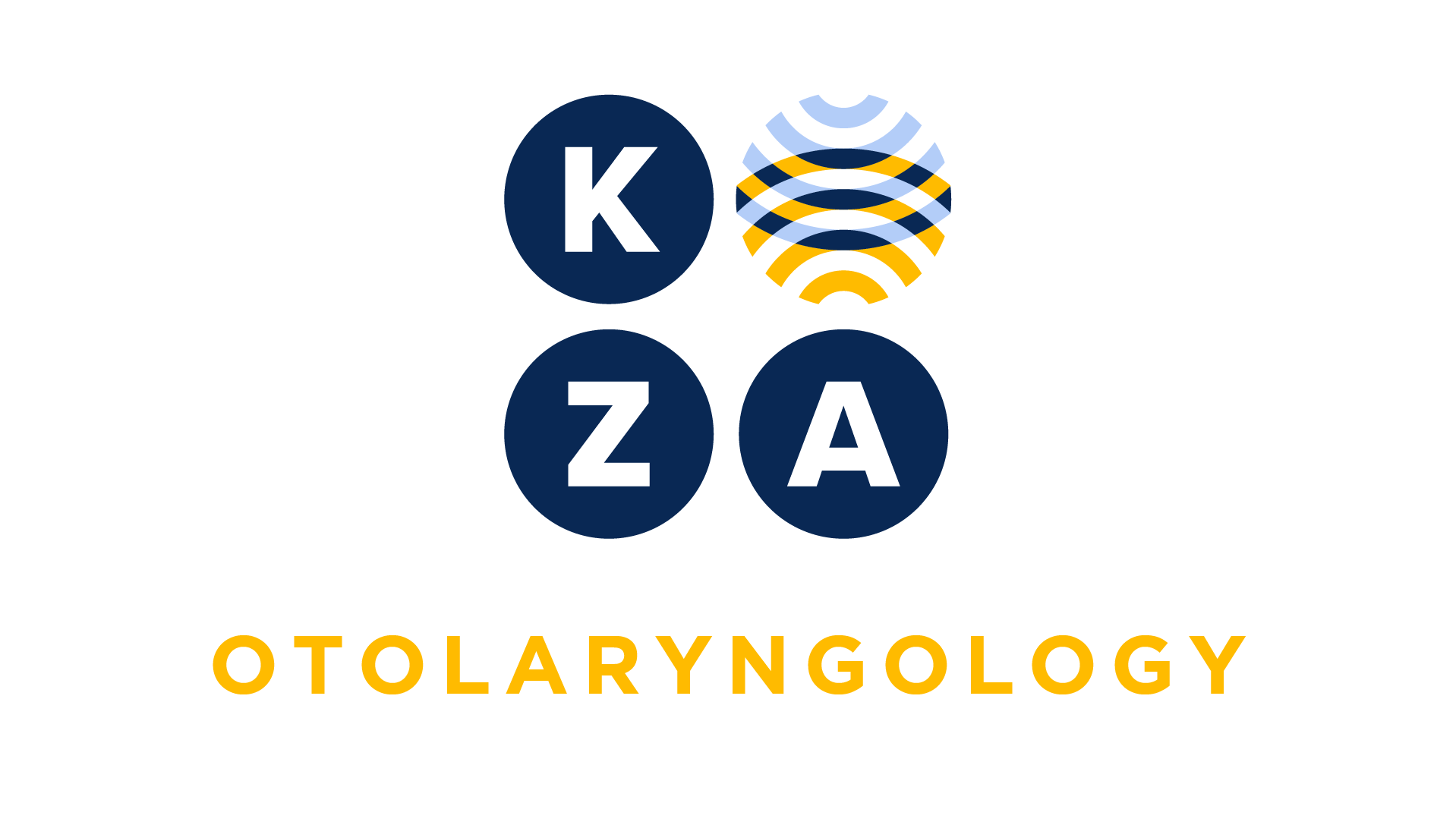
Choose your specialty from the list below to see how our experts have tackled a wide range of client questions.
Looking for something specific? Utilize our search feature by typing in a key word!
Swimmer’s Ear
I am new to ENT coding and am not certain what code I would use. The physician placed an oto-wick in the left ear using the microscope on a patient with swimmer’s ear. Do I just report the microscope code 69990 or do I use a different CPT code?
Question:
I am new to ENT coding and am not certain what code I should use. The physician placed an oto-wick in the left ear using the microscope on a patient with swimmer’s ear. Do I just report the microscope code 69990 or do I use a different CPT code?
Answer:
There is no specific CPT code for ear wick insertion. Ear wick insertion is considered a component of the evaluation and management (E/M) service. If the physician uses the microscope you may report CPT 92504 (Binocular microscopy) in addition to the E/M service.
*This response is based on the best information available as of 1/16/25.
Donor or recipient site?
I’m a newbie plastics coder and still learning. Are muscle flaps coded to the recipient site or by the donor site?
Question:
I’m a new plastic surgery coder and still learning. Are muscle flaps coded to the recipient site or coded by the donor site?
Answer:
Thank you for contacting KZA with your question. We understand that this can be confusing. According to CPT guidelines, muscle flap codes are selected based on the donor site.
*This response is based on the best information available as of 1/16/25.
Number and Complexity of Problems Addressed
I see a number of patients with chronic problems such as dermatitis, psoriasis, history of skin cancer and acne to name a few. What defines stable versus exacerbation or progression?
Question:
I see a number of patients with chronic problems such as dermatitis, psoriasis, history of skin cancer and acne to name a few. What defines stable versus exacerbation or progression?
Answer:
Based on the AMA CPT guidelines a chronic illness is expected to last at least a year or until the death of the patient. You as the practitioner determines when a condition becomes chronic. Of course, there are many conditions that are chronic by the nature of the disease. A stable chronic illness is defined by the specific treatment goals of each individual patient. A patient who is not at treatment goal, not responding to treatment, condition failing to improve, etc. is not stable.
If the patient has a chronic illness with exacerbation, progression or side effect of treatment or inadequately controlled, this would be considered a chronic illness with exacerbation or progression. Typically, a condition exacerbating will require a change or modification in the plan of care. It is important for each problem addressed the practitioner documents the complexity of the problem (stable, chronic, acute, uncomplicated) and the status of the condition (at treatment goal, inadequately controlled, worsening, improving) to paint a clear picture of the condition.
*This response is based on the best information available as of 1/16/25.
History and Examination requirement for E/M services
I have been practicing for many years and am confused about the E/M guidelines since the changes were made a few years ago, mainly for my office services 99202-99215. My coder says I should document an history and examination, but I don’t think this is required anymore. Am I correct?
Question:
I have been practicing for many years and am confused about the E/M guidelines since the changes were made a few years ago, mainly for my office services 99202-99215. My coder says I should document an history and examination, but I don’t think this is required anymore. Am I correct?
Answer:
The evaluation and management service levels are no longer determined by history and examination but are based on medical-decision making or Time except for emergency department visit codes (99281-99285), which do not contain a time component. However, a clinically relevant history and examination are required based on the practitioner’s clinical judgment. It is essential to tell the “story” of the patient’s clinical picture in the documentation. The history and examination support the medical necessity for the visit and provide a more complete representation of the patient’s condition for continuity and coordination of care with other clinical practitioners.
*This response is based on the best information available as of 1/2/25.
Modifier 80 vs 82
What is the difference between modifier 80 and modifier 82 when a physician is acting as an assistant during surgery?
Question:
What is the difference between modifier 80 and modifier 82 when a physician is acting as an assistant during surgery?
Answer:
While both modifier 80 and modifier 82 are used when a physician is actively participating as an assistant to a primary surgeon during a surgical procedure, modifier 82 is used in teaching or university hospitals that have approved Graduate Medical Education (GME) programs for Residents. In these teaching hospitals, there must be documentation indicating that no qualified resident was available to assist, to allow for another physician to act as the assistant surgeon, and then modifier 82 is appended to that assistant surgeon.
*This response is based on the best information available as of 1/2/25.
Can We Append Modifier 59?
Is it appropriate to report 64718, 64721, and 64719 together on the same hand-right side? We see there is an NCCI edit; should we append modifier 59?
Question:
Is it appropriate to report 64718, 64721, and 64719 together on the same hand-right side? We see there is an NCCI edit; should we append modifier 59?
Answer:
Thank you for contacting KZA with your great question!
You are correct; there is an NCCI bundling edit in place. CPT code 64719 is bundled into 64721.
There is no overlap between an open carpal tunnel release (64721) and open ulnar nerve surgery (64718) at the elbow. Append modifier 51 to the lesser valued code.
There is an overlap between 64721 and 64719 (ulnar nerve decompression at Guyon’s canal). To report CPT codes 64721 and 64719 (ulnar nerve decompression at Guyon’s canal) there must be documentation present of pre-operative diagnostic studies indicating the presence of ulnar nerve pathology. This documentation must be listed in the pre-op diagnosis and the results in the Indication for Surgery paragraph. CPT code 64719 is not reportable with 64721 without the documentation of diagnostic test studies. If present, CPT codes 64721 and 64719 are both reportable. An NCCI edit exists, so modifier 59 is appended in the presence of documentation.
*This response is based on the best information available as of 12/19/24.




